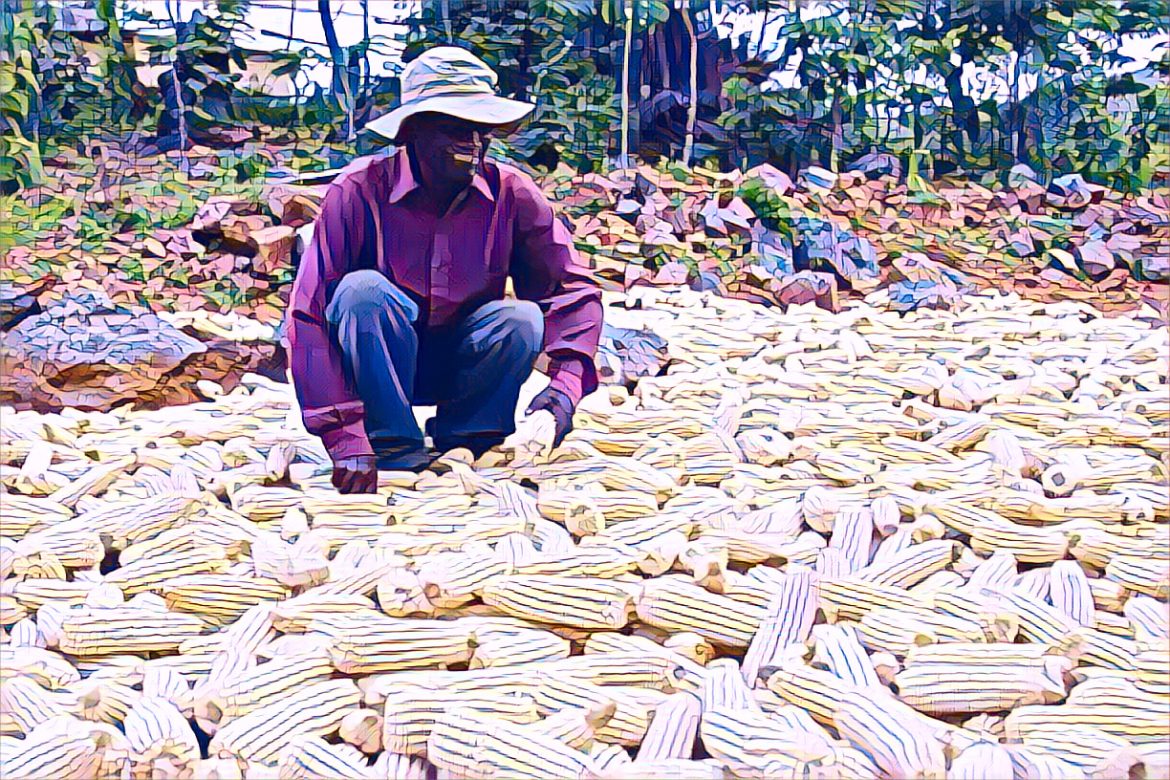Villagers have bemoaned the sharp increase in the price of mealie-meal, a staple food for many subsistence farmers. The recent price hike has put the basic commodity beyond reach for many families.
Traditionally, a 20-liter bucket (about 9kg) of maize cost $3. Now, due to the drought, a 10kg bag of mealie-meal costs $5.50 at Grain Marketing Board (GMB) depots across the country. In Hurungwe, villagers must walk several kilometers to the Mudzimu GMB depot to buy mealie-meal.
“We used to buy a bucket of maize for $3, which would last us a week,” said villager Jane Matenga. “Now, with prices almost doubling, we cannot afford to feed our families. The situation is dire, and we don’t know how we will survive if this continues.”
Chief Mudzimu urged the government to develop mechanisms to deal with future droughts. “The government must act swiftly to provide food aid and subsidize mealie-meal prices for rural communities. We also need support to implement irrigation systems and other measures to cope with future droughts,” he said.
Information Minister Jenfan Muswere highlighted the urgent need for maize in rural households. From May 3 to June 7, 2024, the Zimbabwe Livelihoods Assessment Committee conducted a Rural Livelihoods Assessment to estimate the rural population likely to be food insecure in the 2024/25 consumption year. The assessment also aimed to determine the geographic distribution and severity of food insecurity.
The findings and recommendations of the report are based on a comprehensive review and analysis of primary and secondary data collected from 18,001 households across the country’s 60 districts. A total of 60 chiefs, along with their headmen and other traditional leaders, were consulted.
“The 2024 Rural Livelihoods Assessment established that the total cereal requirements from the national strategic grain reserve for the period July 2024 to March 2025 would be 448,350 metric tonnes,” Muswere announced at a post-Cabinet briefing. “This includes 45,750 metric tonnes per month from July to September 2024 and 51,850 metric tonnes per month from October 2024 to March 2025.”
Food insecure people will receive 7.5kg of mealie-meal per person per month from July to September 2024 and 8.5kg per person per month from October 2024 to March 2025. The report also noted that 121,482.6 metric tonnes would be required for the school feeding program from July 2024 to April 2025. The government will provide the necessary quantities for the school feeding program and prioritize payments under the Basic Education Assistance Module (BEAM).
Villagers in affected areas are calling for immediate action. The price increase has severely impacted their ability to sustain their families. Many depend solely on subsistence farming and lack alternative sources of income.
“We are appealing to the government and aid organizations to step in and help us,” said another villager. “Without support, we face hunger and malnutrition. Our children are the most vulnerable.”
The current situation underscores the need for long-term solutions. Effective drought management, food security policies, and rural development initiatives are crucial to prevent similar crises in the future. The government’s response will be critical in ensuring the well-being of rural communities during these challenging times.
As villagers continue to struggle, the call for swift government intervention grows louder. Addressing the immediate food shortage and implementing sustainable agricultural practices will be key to mitigating the impact of future droughts.
The villagers’ plight highlights the broader issues of food security and rural poverty in Zimbabwe. The government and international organizations must work together to create lasting solutions. Only then can the cycle of food insecurity be broken, ensuring a stable and prosperous future for rural communities.
Source: Newsday


